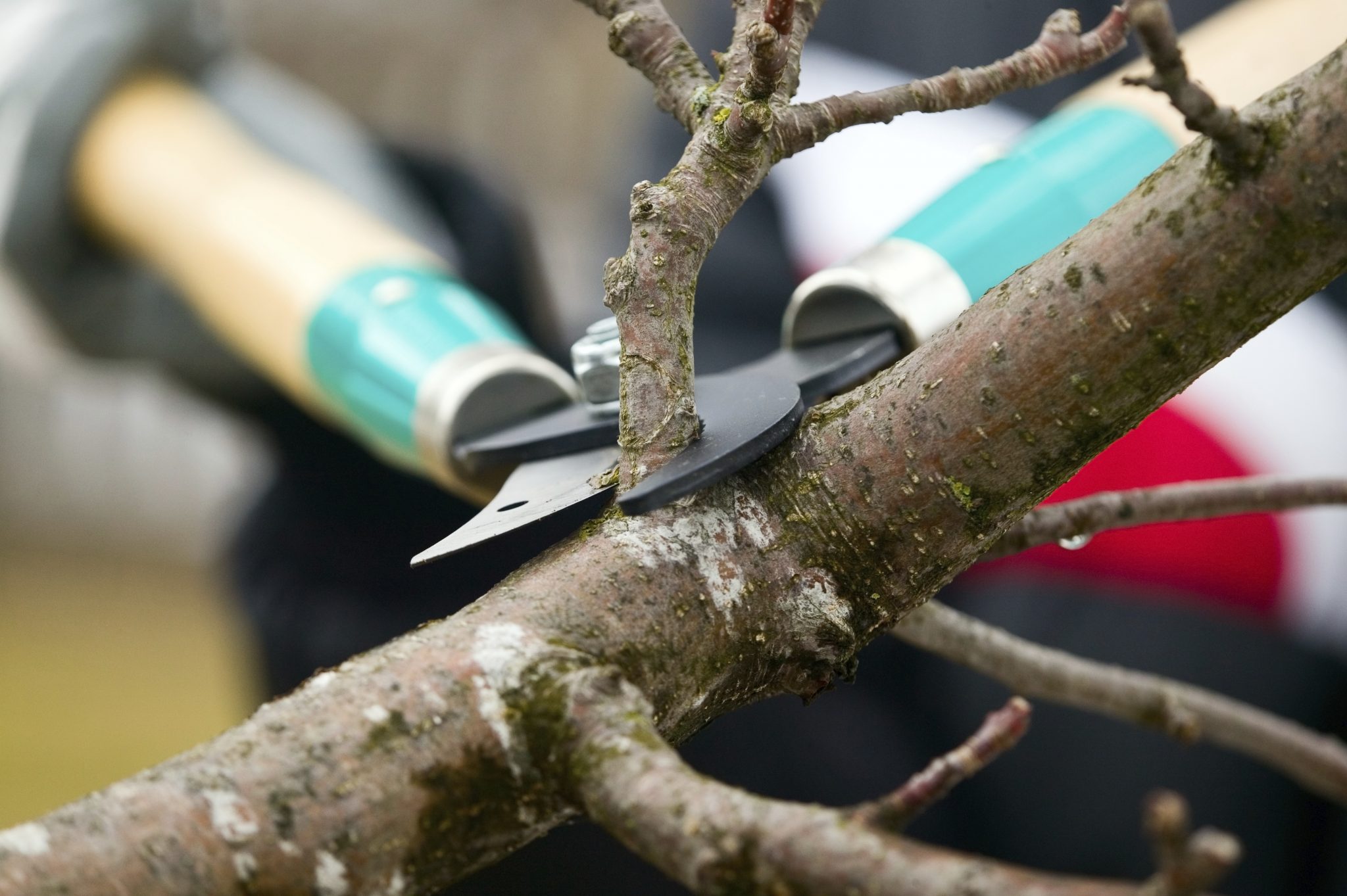Farming

Several different methods are commonly used for grafting plants. These include cleft grafting, inlay grafting, four-flap grafting, and whip grafting.
What Method Should I Use?
It depends on the time of year and the size of the grafting material as to what method I would use. In central Alabama, when grafting outside in an unprotected area, I usually do cleft grafting in March and the inlay, four-flap, and whip grafting in April. However, it is common for nurseries to graft much earlier in the year by using protected areas such as a greenhouse or high tunnel. I am hesitant to list specific months because someone in south Alabama or north Alabama may not graft at the same time. The months I listed are when I usually do these types of grafts outside in central Alabama. Inlay grafting along with the four-flap graft are a couple of easy grafts for beginners and are done when the bark starts to slip, which in central Alabama is about April.
Preparing for Grafting
Before grafting can be done, you will need to collect scion wood in advance. Scion wood are the shoots collected from the plant you are trying to propagate. This can be collected after the tree goes dormant from healthy shoots of the previous season’s growth. Scion wood can be collected anytime during the dormant season, but make sure you collect it before the buds start swelling in early spring. I usually like to have scion wood collected no later than February 15. The size scion wood to collect depends on what type of graft and what species of tree you will be grafting. When using a whip and tongue graft on apple or pear, I suggest collecting pencil size diameter or a little larger wood about 6 to 8 inches in length. However, it is possible to be successful grafting larger or smaller scion wood. Once collected you need to keep them moist and dormant until time for grafting. This is accomplished by putting the scion wood in an air tight container such as a freezer bag along with some damp wood shavings or wrapped in a damp paper towel and placed in a refrigerator. Some people even double bag the scion wood to ensure they will not dry out. If I have easy access to the scion wood, I like to wait as late as I can to collect it so that I do not have to store it as long. The longer I store it, the greater the risk of it drying out. I also take a cooler with ice to the field when grafting to unsure the scion wood stays cool.
Grafting
With whip and tongue grafting, the scion wood needs to be the same size as the root stock. Again, I usually gather several different sizes of scion wood, if available, to ensure I will have the right size diameter for the root stock. You can also graft higher or lower on the root stock to make sure both the scion wood and the root stock are the same size. Make a smooth sloping cut about 1 ¼ inches long on the upper end of the root stock and on the bottom end of the scion wood. Next, we will want to match and hold these two pieces together. The trick is to match the cambium layer of the scion wood to the cambium layer of the root stock. The cambium layer is located just under the bark of woody plants and this layer must be in contact with each other to be successful. It makes it easier if you make a back cut in both pieces (the tongue), and pinch the scion and root stock together. Grafters use rubber bands to hold it firmly together and maybe dip in grafting wax. I usually wrap the union and entire scion with parafilm grafting tape. It makes the process much faster, but both ways work. It is easy to show someone how to graft, but difficult to write down the process in an easy to understand way. For this reason, we teach a lot of grafting classes and have made several grafting videos.
More Information
Doug Chapman, a former Extension commercial horticulture agent in north Alabama, produced grafting videos online that shows the inlay and four-flap grafts. Cathy Browne is a research assistant in the Department of Horticulture at Auburn University and also has a four-flap grafting video online. If you have any other plant propagation questions, you can contact your local Extension office.

